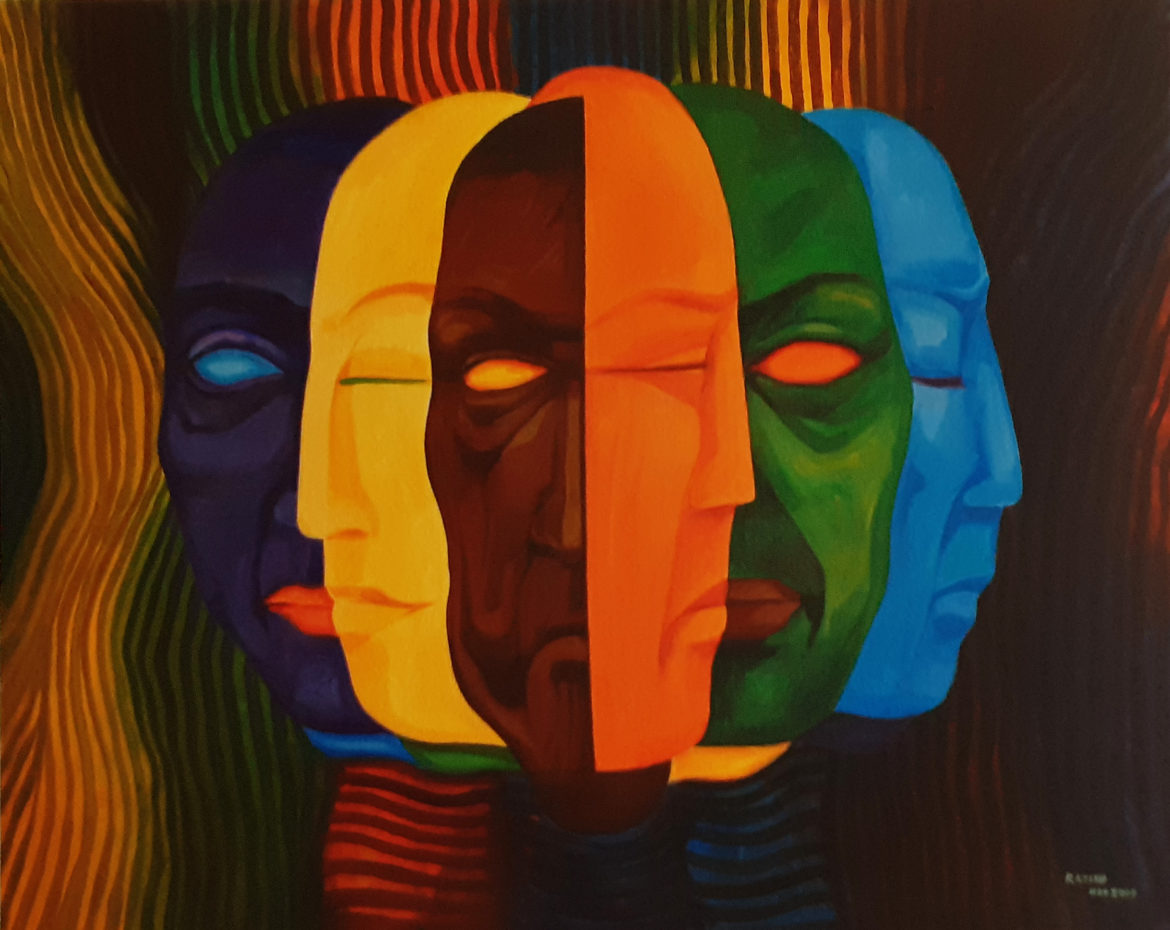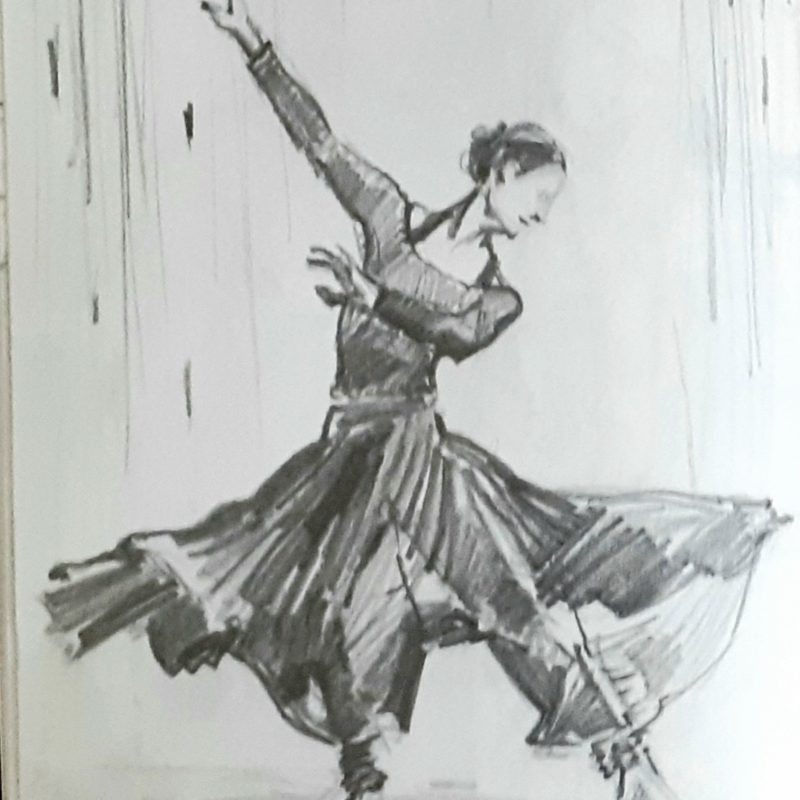All artwork by the author
People often get stuck at some points when they are in the midst of their creative journey. The challenges may appear in different forms. It may be the dearth of unique ideas or even if you have ideas, the inability to communicate effectively, and sometimes it may be mere lack of inspiration. This becomes more stressful if they are working under stringent timelines or working with someone who doesn’t really connect well.
I am a designer. To be specific, a UX and visual designer. I too have faced similar situations. Many times I have felt that I wasn’t motivated enough and was not delivering my best. At the same time, there was an urge to do something different. The only option I could find was to keep my eyes and ears wide open to draw inspiration from all the things that excite me and try out a new approach to express myself.
It's about telling stories
When I started my career as a designer and worked with people from different backgrounds, I realized that I will not make it work right just with academic excellence. The philosophies were thought-provoking, the theories made sense, the case studies were illuminating, but the world was different. And it changed day to day. My technical training did help me think analytically and approach problems practically and realistically. But whenever I had conflicts with situations, ideas, problems and more importantly with people, what seemed missing was always something to tie it all together – a glue as it were, to hold everything together. I needed, I realized, a ‘storytelling’ approach as this glue to create usable, sometimes even elegant, solutions with all these disparate issues.
But we don’t create these stories. We find them in our surroundings. In fact, in whatever work we do, in part or in whole, we tend to tell stories in some form or another. Even if the story is imaginary, we make it real by filling it with events and moments from our own experiences. It’s about finding the right story for what we want to tell and then telling it in our own way. The medium through which we tell the story determines its impact, but how and when you tell the story is also important.
When I worked with a typical audio-visual medium or was designing a user’s journey while using a product, I realized that the whole experience becomes memorable only when there are opportunities for the audience to be part of the discovery process – discovering things and identifying themselves in the plot and then exploring things. The user’s experience is defined not just by the usability, but also by the way they are engaged in the story we tell.
For example, if I am designing a learning content presentation on inclusive culture, my obvious choice will be to put the learner in a contextual environment and build a scenario-based story around it. As they become part of the debate and when they act and react in different situations, the learning experience becomes more memorable. Similarly, if I am designing a product for a specific persona, it’s more fun to visualize the story of the user who’s on a mission and how he/she achieves the goal.
Every experience colors your stories
The greatest amount of learning for me has happened whenever I tried to explore things that I really liked to do. Let me pick some of them here.
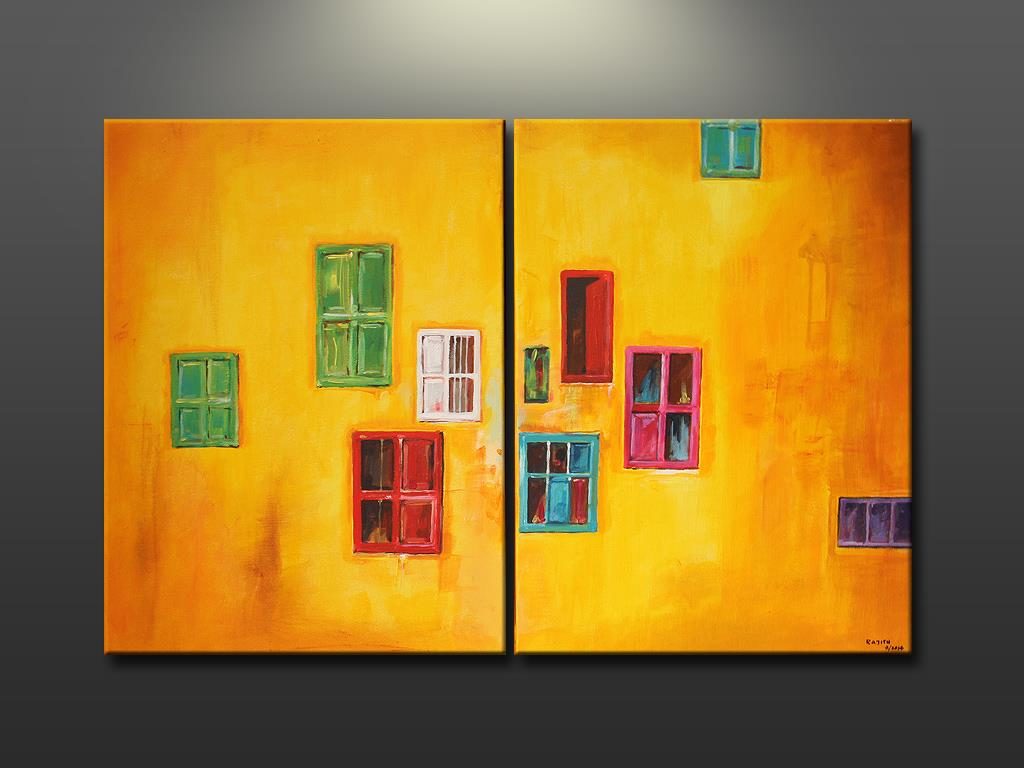
When I started sketching and painting, I learned how to see the unseen. I could see things in layers. I could see the emotions in scientific equations. I learned how to tell a long story with just one visual. I learned how to express something to someone with just one word, but with the right expression on my face.
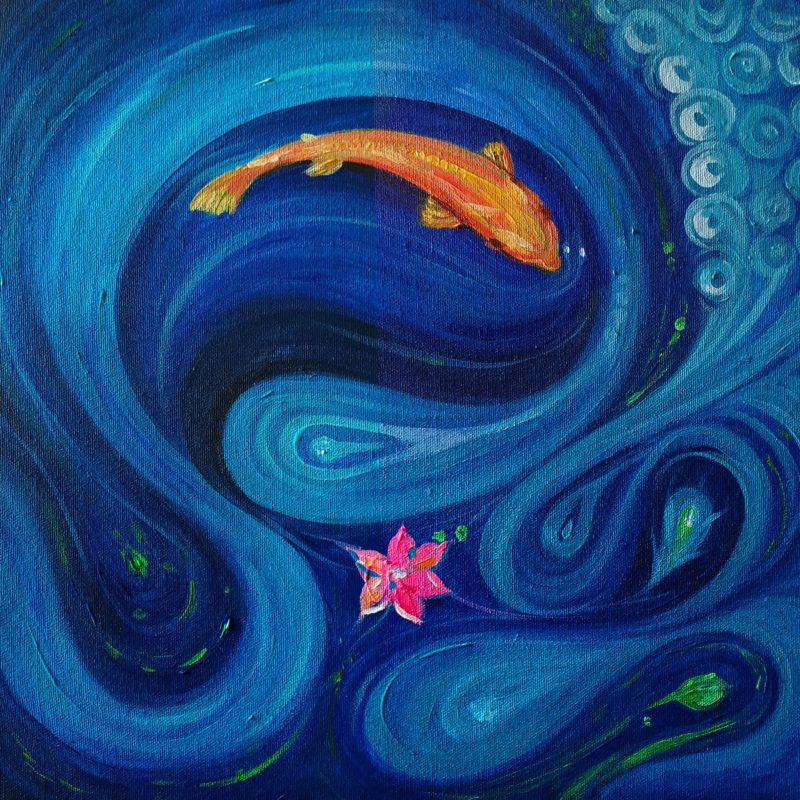
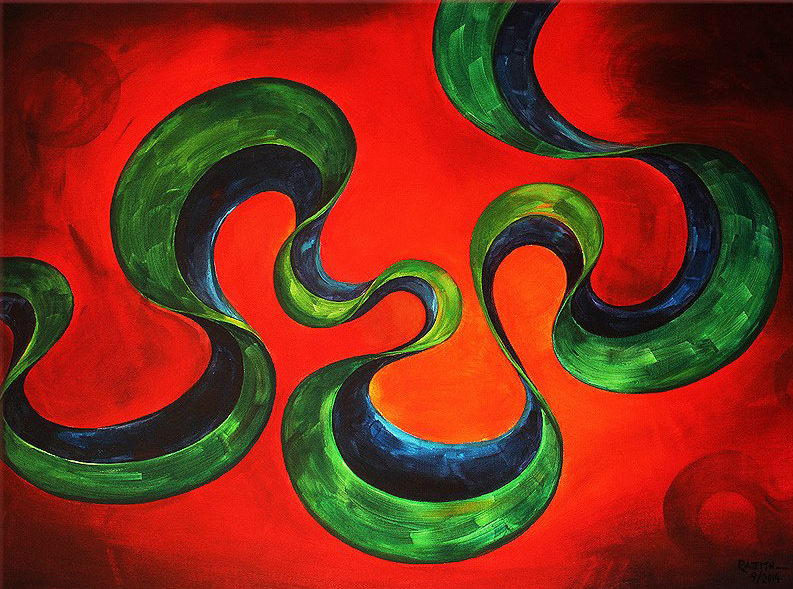
Then, typography interested me. The more I got into type design, the more patience I developed. I started giving more importance to details. I became more disciplined. I was putting thoughts and actions in the right order. I balanced negative and positive spaces to make the compositions more ‘right’. And maybe I became stubborn. I sometimes dug in my heels even for a one-point change in font size. Maybe I was developing OCD. But the fun part was when I created letterforms, I saw them telling stories – of their own evolution, their ‘culture’ and perhaps even their ‘attitude’. I imagined the letterforms as characters on a stage. Some were shouting, some talked happily, a couple of them were making love as a ligature. My part was just to set the stage and let them loose.
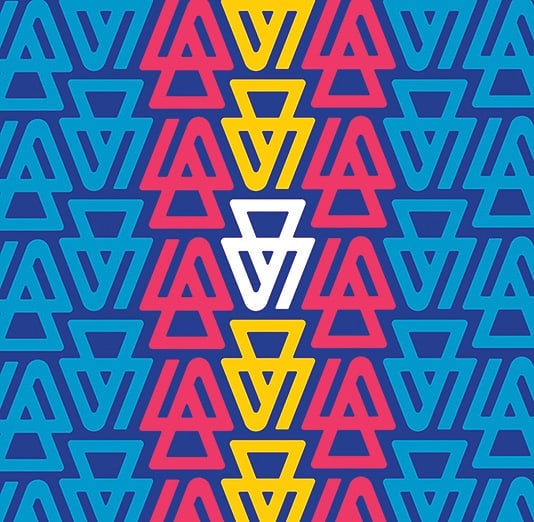
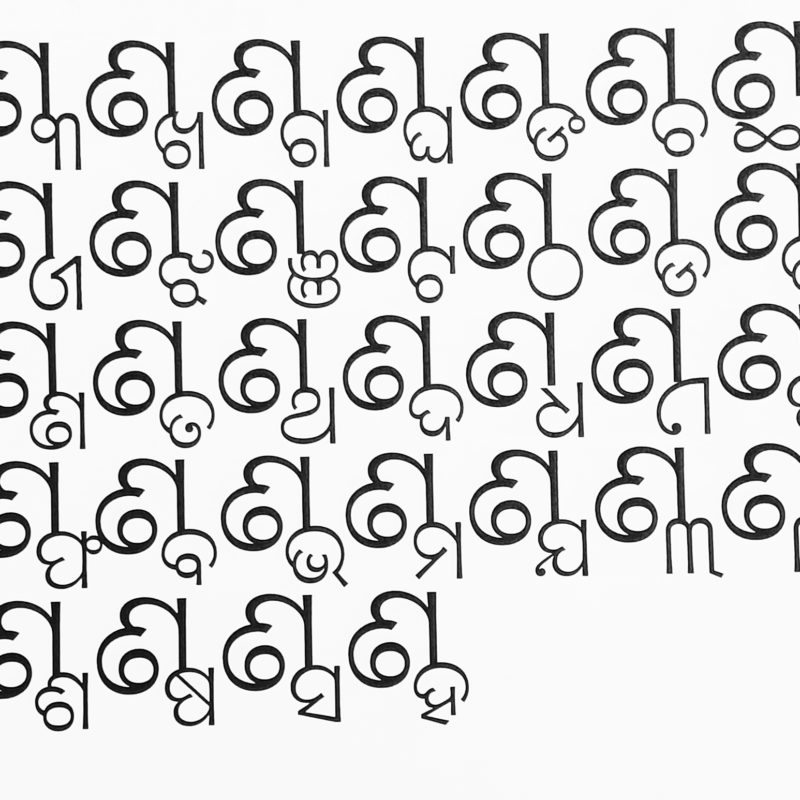
Moving to theatre was a different experience. A group of people come and go on a stage. Along with their faces and bodies, the carefully designed light patterns and background score tell stories. I learned how to dramatize the storytelling. But this time it was a team. We worked with bare minimum to create the entire universe on the stage. Iconography worked at its best. I never knew that a pile of crumpled paper and a few pieces of metal wires can be arranged to create a garden and a set of wooden boards can be rearranged to create different backdrops for each scene in a play. It was a new experience to experiment with various props and media to create visual contexts convincingly. This helped me explore semiotics much more effectively in my visual storytelling assignments.
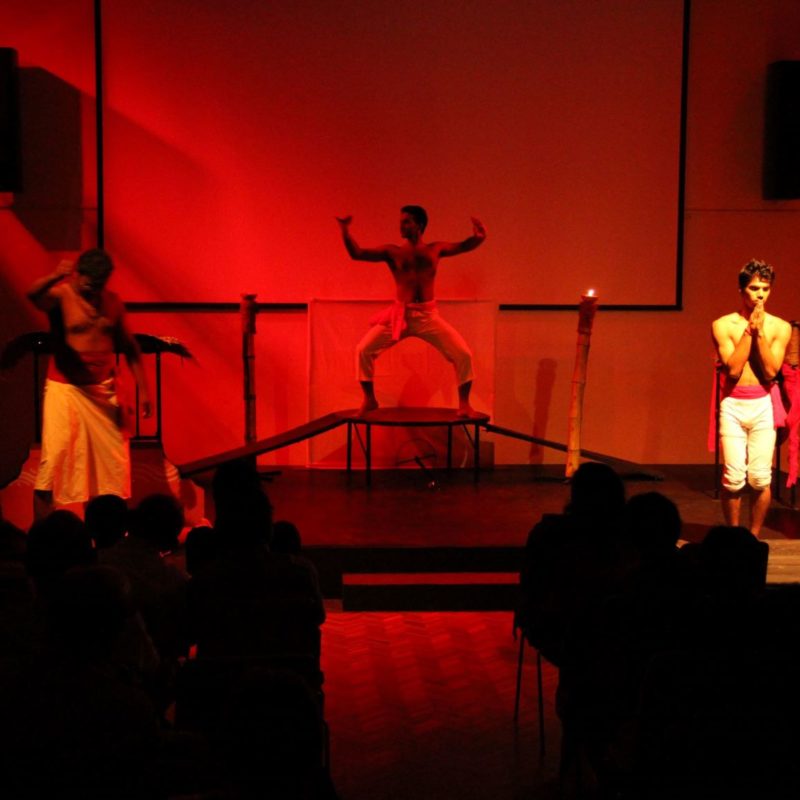
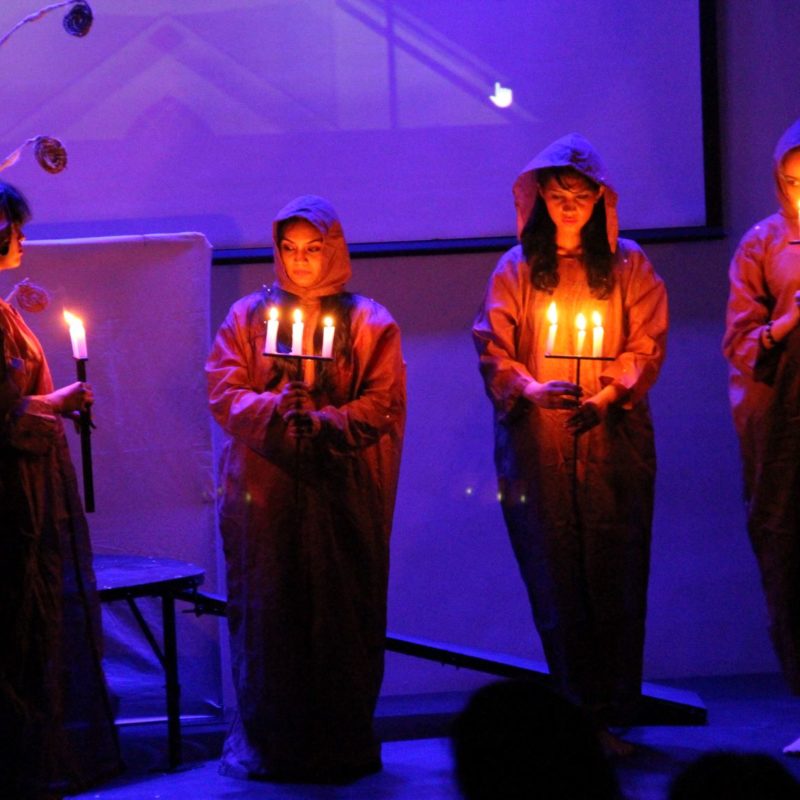
Sometimes, we swap characters in a play for the next performance. A new actor will play the character played by another. We then see how a new way of characterization adds a new dimension to the storytelling, even if the story remains the same. A lot of give and take and exchange of ideas happen in the entire process and the takeaways are good enough to be adopted in any creative process.
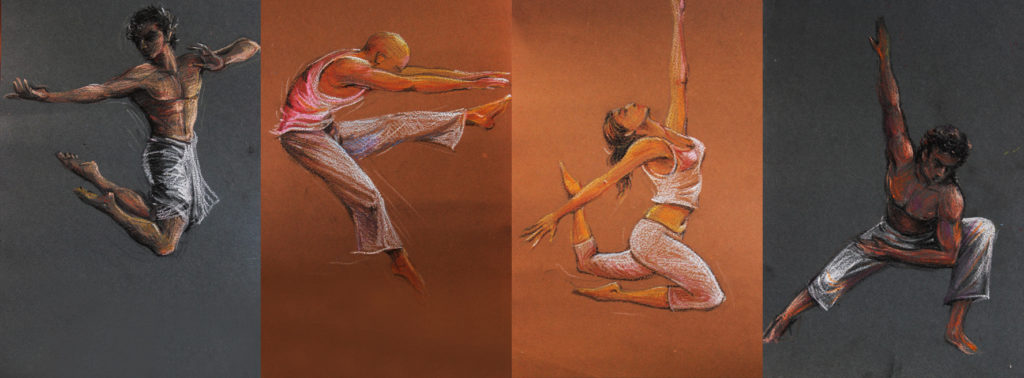
The next jump was into filmmaking – the perfect place to learn how to use all possible artforms and technology effectively. The process of conceiving an idea, giving it a form as a screenplay and making the story absorbing on the screen taught me to visualize the far final output even on the very first day before anything was put down on paper. Sometimes, with creative and technical inputs from everyone I collaborate with, the storytelling gets improved by absorbing multiple perspectives and by the time I finish the work, the output would come out much more polished.
Each of these experiences, I believe, helped me develop a whole new facet of my storytelling. Whatever I learned from one, I tried to apply to the other and I think it has helped me to produce more fleshed-out, better-formed and more engaging solutions as a designer.
It becomes your story
Whatever I have described above is my way of exploring storytelling approach within my limited creative spaces. Everyone has varied areas of interest. If you are into a creative field, keeping connected with all those interest areas and with similar-minded people will bring a great amount of experience to your work. You will come across enough opportunities to try out storytelling as a tool in your own ways to engage the audience of your creative output, the users of your products, and even the people you are working with. You will become more empathetic to people. Along with the end result, you will have a great experience with the process itself. You will slowly see how everything that you do converges to your creative self.
All the stories you tell become part of your own story.
